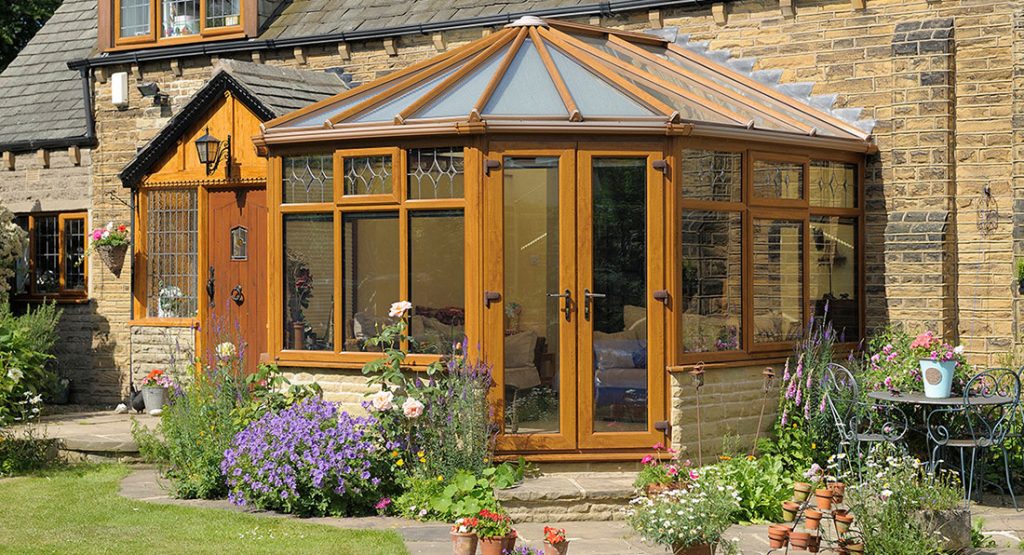Earlier this month, we wrote a blog post outlining how important it is that a conservatory or orangery installation abides by current building regulations and rules.

Within the post we also gave mention of planning permission and how a conservatory or orangery installation must similarly meet planning criteria before being fitted.
We thought it would be useful for any customers thinking about extending their home if we went into a little more detail about planning permission.
What you need to know
Firstly, be aware that it normally takes around 8 weeks for a local planning authority to adjudicate whether a home extension requires prior planning permission.
This will be not be the case if the conservatory or orangery is considered to be a “permitted development” as this means the extension adheres to planning laws and the installation can automatically proceed.
What is a “permitted development”?
A conservatory or orangery design enjoys “permitted development” status if it satisfies the following:
- No more than half the area of land around the “original house”* would be covered by additions or other buildings.
- No extension forward of the principal elevation or side elevation fronting a highway.
- No extension to be higher than the highest part of the roof.
- Single-storey rear extension must not extend beyond the rear wall of the original house* by more than three metres if an attached house or by four metres if a detached house. In addition, outside Article 1(5) designated land* and Sites of Special Scientific Interest the limit is increased to 6m if an attached house and 8m if a detached house until 30 May 2019. These increased limits (between 3m and 6m and between 4m and 8m respectively) are subject to the neighbour consultation scheme.
- Maximum height of a single-storey rear extension of four metres.
- Extensions of more than one storey must not extend beyond the rear wall of the original house* by more than three metres or be within seven metres of any boundary opposite the rear wall of the house.
- Maximum eaves height of an extension within two metres of the boundary of three metres.
- Maximum eaves and ridge height of extension no higher than existing house.
- Side extensions to be single storey with maximum height of four metres and width no more than half that of the original house.
- Roof pitch of extensions higher than one storey to match existing house.
- No verandas, balconies or raised platforms.
- On designated land* no permitted development for rear extensions of more than one storey; no cladding of the exterior; no side extensions.
* The term “original house” means the house as it was first built or as it stood on 1 July 1948 (if it was built before that date). Although you may not have built an extension to the house, a previous owner may have done so.
* Designated land includes national parks and the Broads, Areas of Outstanding Natural Beauty, conservation areas and World Heritage Sites.
What about planning permission for porches?
Again, no planning permission needs to be sought for a porch installation if it is a “permitted development”.
This is the case if:
- The ground floor area (measured externally) would not exceed three square metres.
- No part would be more than three metres above ground level (height needs to be measured in the same way as for a house extension).
- No part of the porch would be within two metres of any boundary of the dwellinghouse and the highway.
5 Star can sort it all out for you
When you appoint 5 Star for a new conservatory, orangery or porch installation we will handle all matters relating to planning permission.
We will contact the relevant planning authority if planning permission is needed and take care of things from there.
All you need to do is get your FREE quote now.